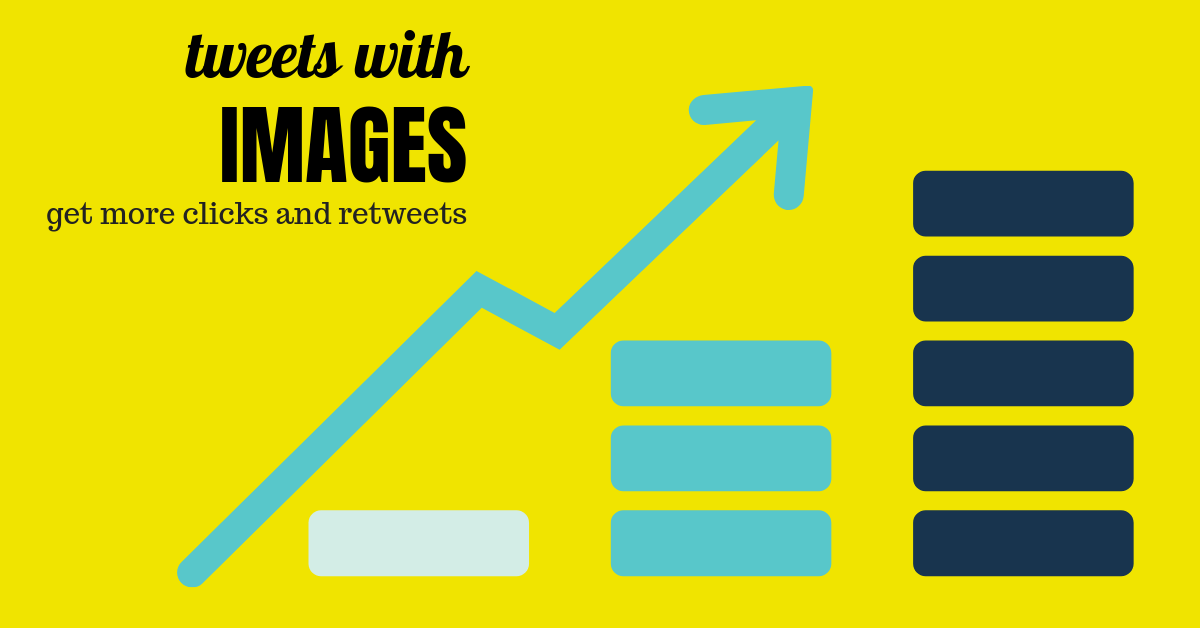It was reported that Apple is rejecting from the Mac App Store apps written using the Electron framework. This is where we see the advantage of writing a native application.
Comments closedCategory: Technology
You might be assuming you absolutely must upgrade to API 2.0 right now, but that’s not the case. We have designed it so that you have tremendous flexibility in terms of what and when and even if you move to API 2.0.
Comments closedBrent Simmons did an excellent job explaining why developers shouldn’t provide ETAs.
Comments closedApple just released Apple Transporter to manually upload apps to the Mac and iOS App Stores.
Comments closedThe New DateTime class introduced in Xojo 2019r2 is meant as a replacement for the now deprecated Date class. Let’s take a look at how…
Comments closedWinRT is an application framework meant as a replacement for the decades old Win32 API (at least the non-GUI parts of it). Because WinRT is COM-based, and entirely unmanaged code, accessing it directly from Xojo is possible.
Comments closedAt WWDC 2019, Apple announced macOS Catalina (10.15). They didn’t specifically mention it during the keynote, but the writing has been on the wall for…
Comments closedXojoTalk is back with a super-sized episode! Paul and Geoff talk about announcements from WWDC 2019 and more. Download mp3. Show Notes tvOS 13 iOS…
Comments closedMonkeybread Software started with the DynaPDF plugin for Xojo about twelve years ago. As DynaPDF is a C++ library, the wrapping plugin mimics the original C API and offers it for Xojo. Over the years a lot more convenient methods have been added to make the plugin more Xojo-like. For example, newer methods can process pictures directly, take colors as Xojo color values and allow drawing of styled text directly.
Since the early days there has been the feature request to use the graphics class in Xojo to draw to a PDF document. We recently came back to this old feature request and decided to try a new way to implement it and our new code seems to work just fine. With some help from Xojo engineers, we even got the alignment right.
Comments closed
